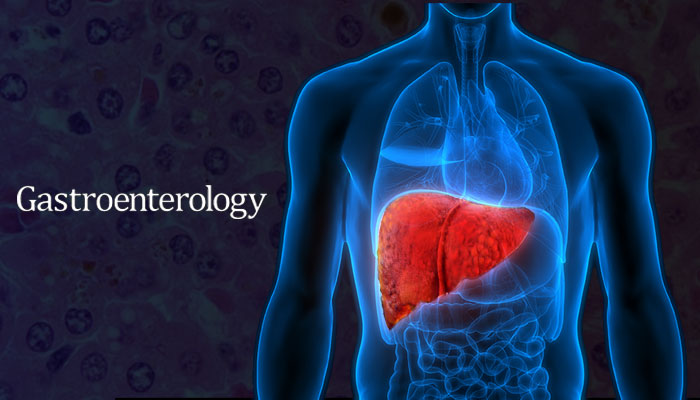A Collaborative Study on The Treatment of Non-Alcoholic Fatty Liver Disease

Gastroenterology (IF 17.3) (DOI:10.1053/j.gastro.2020.05.056)
An international collaborative research involving Assoc. Prof. Güneş Özhan from IBG and researchers from different institutions from Jerusalem Israel, Georgia USA, Guangzhou China and Derio Spain was published in the prestigious journal Gastroenterology (IF 17.3) (DOI:10.1053/j.gastro.2020.05.056). The study sheds light on important aspects of microRNA122 (MIR122) and its upstream receptor RORA as the therapeutic targets of NASH disease (non-alcoholic steatohepatitis), a form of NAFLD (non-alcoholic fatty liver disease).
The researchers aimed to test whether inducing MIR122 through activating the RORA receptor -which is known to upregulate MIR122- in liver would decrease the deleterious effects of a form of non-alcoholic fatty liver disease, NASH. For this purpose, they screened a comprehensive chemical library to identify the compounds that can activate the receptor RORA using a liver cancer cell line. Then, with the compound they identified, elaborate mice studies were conducted.
What they found is very promising, both in terms of better understanding NASH disease, and also opening new paths to develop novel therapeutic strategies to combat its effects on the body. Although the antagonist of MIR122 -which inhibits MIR122 in the liver and adipose tissue- increased fat droplets, decreased energy expenditure and resulted in more weight gain in mice fed with a high-fat diet compared to control mice; injecting RS-2982 -the agonist of the RORA receptor- increased MIR122 levels, reduced hepatic lipotoxicity and liver fibrosis and reduced body weight compared to controls.
The prevalence of NASH disease is 2-3% in Western countries, and NASH may progress to liver cirrhosis and hepatocellular carcinoma. Patient numbers are increasing each year due to lifestyle habits. We congratulate Dr. Özhan and her colleagues for this important study, which is promising in terms of being hope for increasing the standards of living and life expectations of NASH patients.